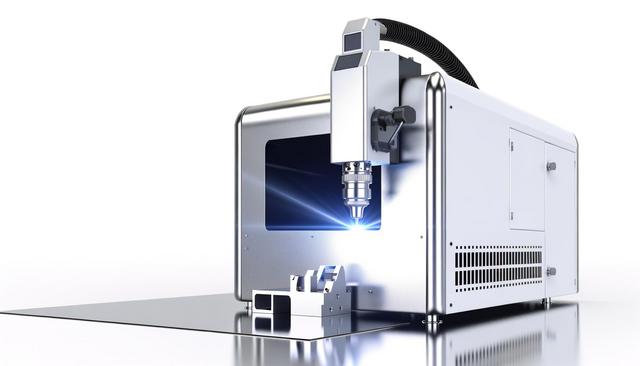Advantages of Laser Welders
The use of laser welders comes with a multitude of advantages that bolster efficiency and quality. Firstly, the laser welding process incurs minimal thermal distortion, preserving the integrity and appearance of the base materials. This feature is particularly critical in sectors like automotive and medical devices, where any change in material structure could lead to significant issues. Moreover, laser welding machines offer high-speed welding capabilities, drastically reducing production times and costs. The precision of laser welders ensures consistent outcomes, vital for maintaining stringent quality standards. Their ability to weld difficult-to-access areas also elevates their standing in intricate fabrication jobs.
Applications of Laser Welding Equipment
Laser welding equipment is employed across a wide range of industries, each benefiting from its unique advantage. In the electronics industry, for instance, laser welding is utilized for its unmatched precision, vital for working on miniature components like sensors and circuit boards. The aerospace industry leans on this technology to achieve robust yet lightweight assemblies, further enhancing aircraft performance. Similarly, the medical field relies on laser welding systems for the assembly of complex surgical instruments. The versatility of laser welders also extends to artistic endeavors, where they facilitate the creation of intricate jewelry pieces. Such broad applications underscore the manifold benefits laser welding equipment offers.
Choosing the Right Laser Welding Machines
Selecting the ideal laser welding machine depends on various factors, all pivotal to your specific production needs. Key considerations include the type of materials to be welded, the thickness of these materials, and the desired speed of the welding process. Additionally, power output and the precision requirements of your task should guide your choice. It is also important to consider the maintenance and operational costs associated with different laser welding systems. By meticulously assessing these factors, industries can ensure they invest in laser welding technology that optimally meets their production demands, enhancing both efficiency and profitability.
Future Trends in Laser Welding Systems
As industries evolve, so too does laser welding technology, adapting and integrating the latest technological advancements. Current trends indicate a substantial shift towards automation and digitization, with laser welding systems becoming increasingly automated to enhance precision and speed further. Integrating IoT capabilities allows real-time monitoring and quality control, making significant strides in predictive maintenance and troubleshooting. The focus on sustainability has also prompted innovations to reduce energy consumption in laser welders. Together, these developments signal a promising future for laser welding systems, where their role in industrial applications continues to expand and diversify.

